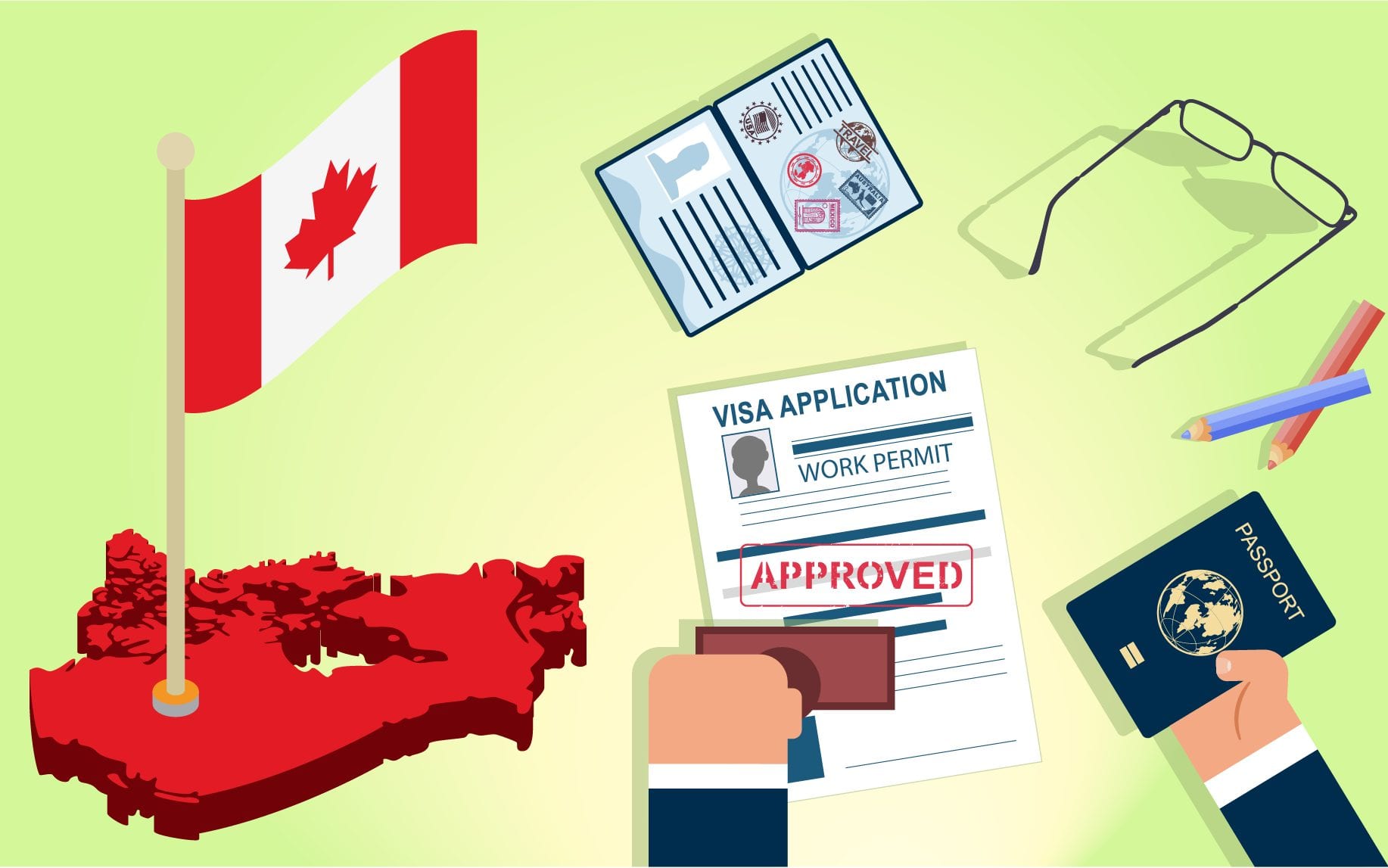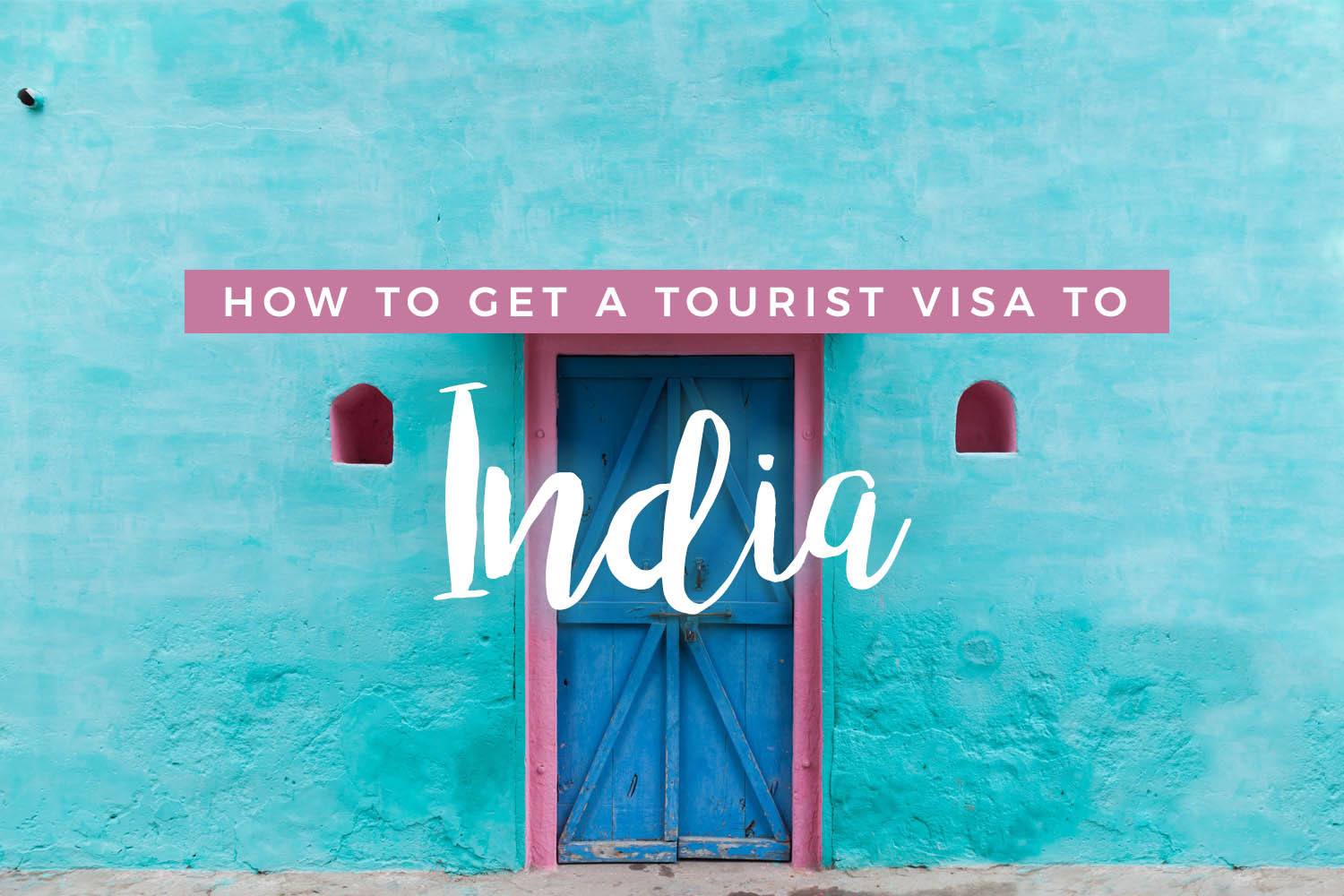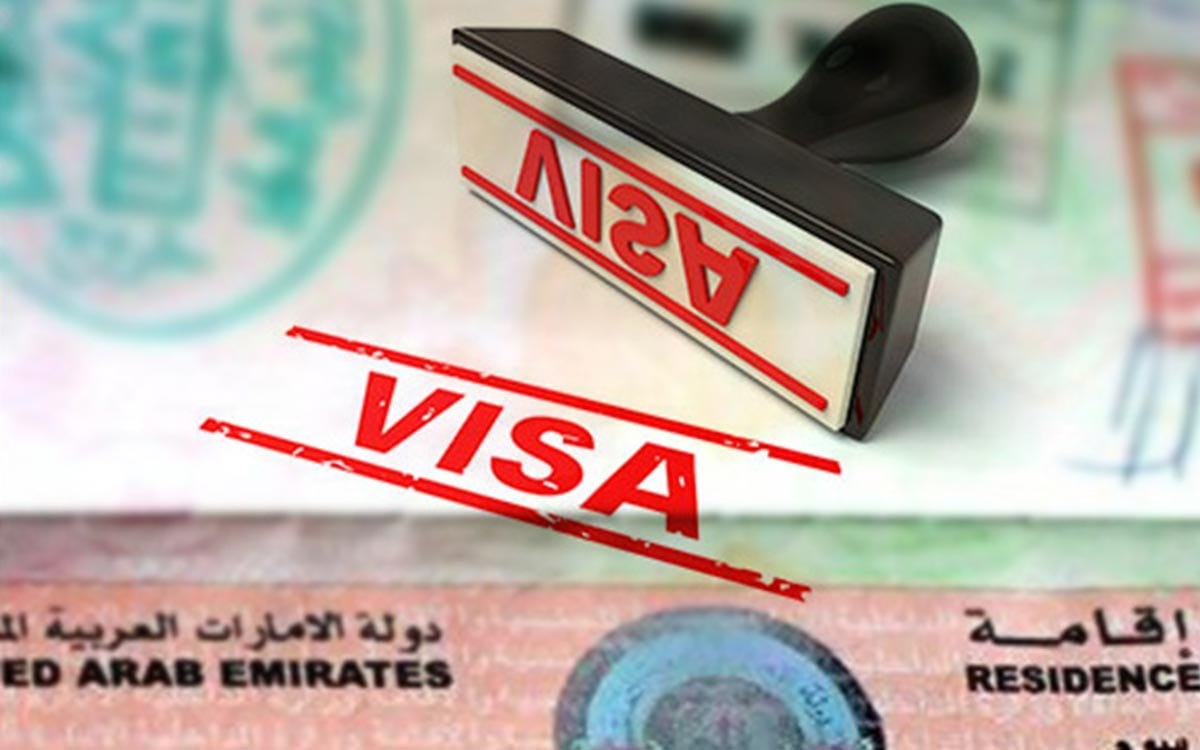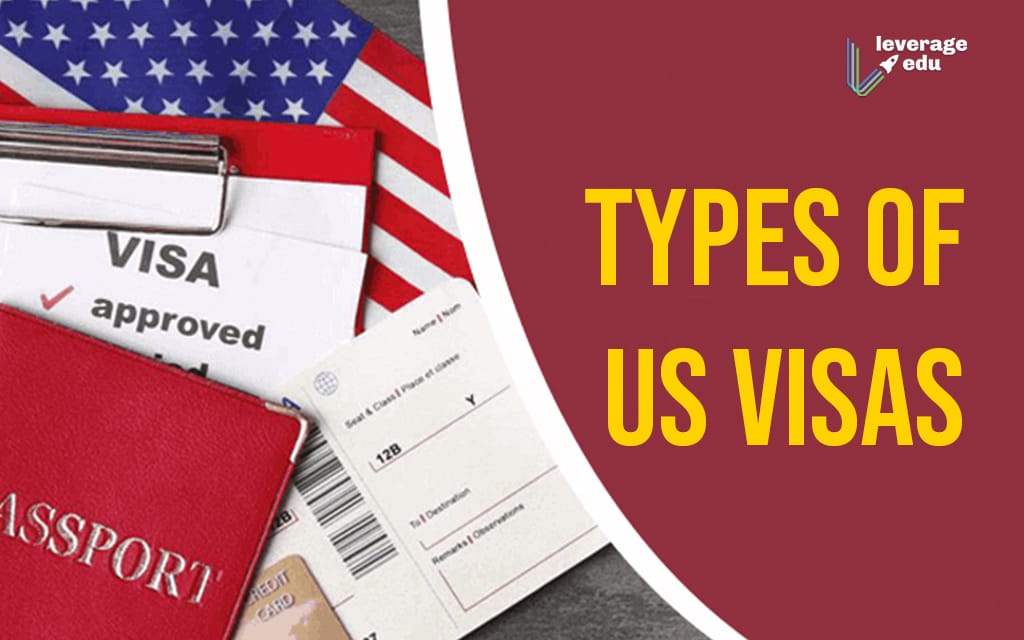Are you dreaming of an exotic adventure through the vibrant streets of India? From the majestic Taj Mahal to the serene backwaters of Kerala, this incredible country beckons with its rich culture and breathtaking landscapes. But before you can embark on your Indian journey, there’s one crucial step you must take: obtaining a visa. Don’t let the visa process deter you from discovering all that India has to offer! In this comprehensive guide, we’ll walk you through everything you need to know about obtaining an Indian visa – from types and requirements to application tips and processing times. Get ready to dive deep into the world of visas as we pave your way towards an unforgettable Indian experience! REFERENCE NAME IN INDIAN VISA
Introduction to Indian Visas:
India is a diverse and vibrant country, known for its rich culture, ancient history, and stunning landscapes. It’s no surprise that millions of tourists from all over the world flock to India every year to experience its beauty and charm. However, before you can embark on your journey to India, you need to obtain an Indian visa.
A visa is an official document issued by a country’s government that allows a foreigner to enter, stay or leave the country for a specified period. In the case of India, acquiring a visa is mandatory for most foreign nationals except citizens of Nepal, Bhutan, and the Maldives.
Types of Indian Visas:
There are several types of Indian visas available depending on your purpose of visit. The most common ones include tourist visas, business visas, employment visas, student visas, medical visas, conference visas and transit visas.
1. Tourist Visa:
This type of visa is suitable for those who wish to travel to India for sightseeing or visiting friends and family. It is valid for up to six months with single or multiple entries allowed.
2. Business Visa:
Business travelers who intend to attend conferences or engage in trade activities in India can apply for this type of visa. It is also valid for up to six months with multiple entries allowed.
3. Employment Visa:
If you have been offered a job in India or plan on working there as an expatriate employee of a company registered in India can apply for this type of
Types of Indian Visas and their Requirements
India is a diverse and culturally rich country, making it a popular destination for travelers from all around the world. However, before planning your trip to India, it is important to understand the different types of visas available and their specific requirements. In this section, we will discuss the various types of Indian visas and the documents you need to apply for them. INDIAN BUSINESS VISA GUIDE
1. Tourist Visa:
This type of visa is ideal for those who wish to visit India for leisure, sightseeing or visiting family/friends. The tourist visa is valid for six months with single or multiple entries allowed. To apply for a tourist visa, you will need the following documents:
– A completed online application form
– A passport with at least 6 months validity from the date of arrival in India
– Two recent color photographs with white background
– Proof of travel arrangements such as flight tickets
– Bank statements showing sufficient funds to cover your stay in India
2. Business Visa:
If you are planning to visit India for business purposes such as attending conferences or meetings, then a business visa is required. This type of visa allows multiple entries and can be valid for up to one year. Along with the general documents mentioned above, additional requirements include:
– A letter from your employer stating your purpose of visit and duration of stay in India
– An invitation letter from an Indian company/organization that you will be visiting
– Proof of previous business dealings with Indian companies (if applicable)
3. Employment Visa:
For
Step-by-Step Guide to Applying for an Indian Visa
Applying for an Indian visa may seem like a daunting task, but with the right information and preparation, it can be a smooth and hassle-free process. In this step-by-step guide, we will walk you through all the necessary steps to apply for an Indian visa.
Step 1: Determine the Type of Visa You Need
The first step in applying for an Indian visa is to determine what type of visa you need. The type of visa you require will depend on your purpose of travel to India – whether it’s for tourism, business, education, or other reasons. Each type of visa has its own set of requirements and documents that need to be submitted. It is crucial to select the correct type of visa as any discrepancy can lead to your application being rejected.
Step 2: Gather Required Documents
Once you have determined the type of visa you need, it is essential to gather all the necessary documents required for your specific category. Generally, some common documents required include a valid passport with at least six months’ validity beyond your intended stay in India, two recent passport-sized photographs, proof of travel arrangements (such as flight tickets), proof of financial means (bank statements or sponsorship letter), and a completed visa application form.
Note: The exact list may vary depending on your nationality and type of visa.
Step 3: Complete Online Application Form
All Indian visas are now applied online through the Indian government’s official website – “Indian Visa Online.” You will need to create an account on
Common Mistakes to Avoid When Applying for an Indian Visa
When applying for an Indian visa, it is important to be aware of common mistakes that can lead to delays or even rejection of your application. These mistakes may seem minor, but they can significantly impact the outcome of your visa application. To ensure a smooth and successful process, here are some common mistakes to avoid when applying for an Indian visa:
1. Incomplete or Incorrect Information: One of the most common mistakes applicants make is providing incomplete or incorrect information on their visa application form. This includes errors in personal details such as name, date of birth, passport number, and travel dates. It is crucial to double-check all the information provided before submitting your application to avoid delays or rejection.
2. Applying for the Wrong Type of Visa: India offers various types of visas depending on the purpose and duration of your visit. Many applicants make the mistake of applying for the wrong type of visa, which can result in rejection. Before starting your application, carefully read through the requirements and guidelines for each type of visa and choose the one that best suits your needs.
3. Failure to Provide Necessary Documents: Along with completing a visa application form, you will need to submit supporting documents such as a valid passport, recent photographs, proof of travel arrangements, and financial documents showing your ability to cover expenses during your stay in India. Failure to provide all necessary documents can result in delays or rejection.
4. Not Meeting Eligibility Criteria: Each type of Indian visa has specific eligibility criteria that must be met by applicants.



